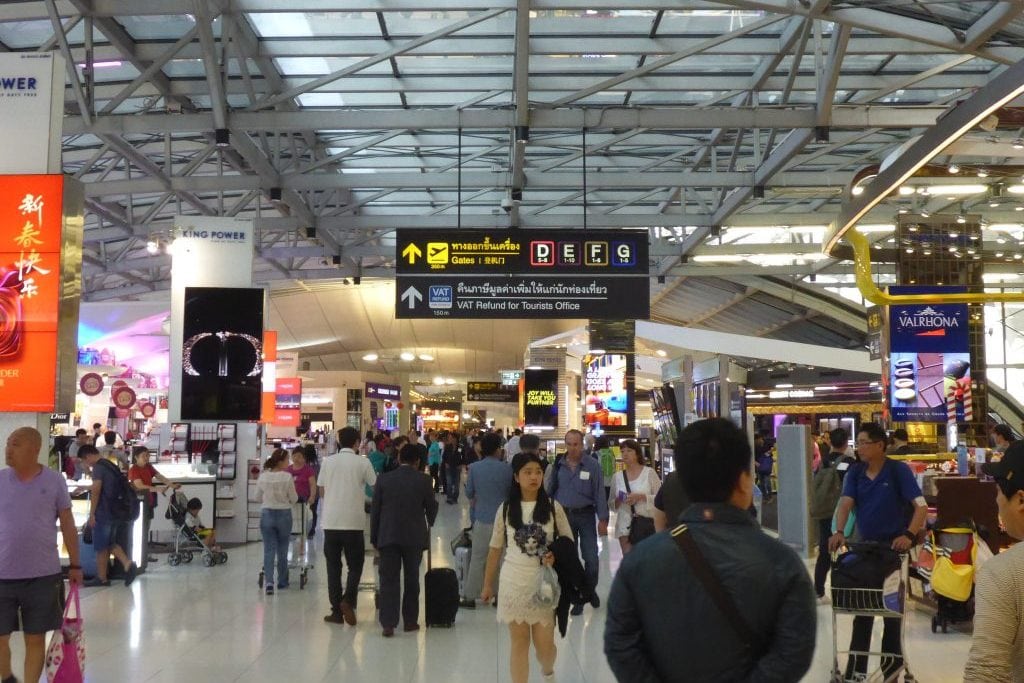Skift Take
There's no doubt the airlines could sell a lot of tickets on these undeveloped routes. But would carriers make money fly them? Or would average fares be too low?
Major global airlines searching for growth opportunities may want to expand to less developed markets in Asia and the Middle East according to a new report from OAG, an aviation intelligence firm.
OAG analyzed 50 of the world’s most underserved nonstop international routes, and it found many touch cities in developing countries, such as Jeddah, Saudi Arabia, Fuzhou, China, Chennai, India and Bangkok. Almost 20 of the 50 routes start or end in the United States, suggesting U.S. carriers might have some intriguing options if they’re looking to add new flights to emerging, far-flung destinations. In total, 10 of the 50 routes touch Thailand, while nine start or end in Saudi Arabia. It is not clear, however, how many of OAG’s suggestions can be served profitably by any new entrant.
According to OAG, the world’s most underserved nonstop route is Jakarta, Indonesia to Jeddah. Others in the top five include New York JFK to Tel Aviv, Bangkok to Paris, Bangkok to London, and Los Angeles to Ho Chi Minh City. All those routes except L.A. to Ho Chi Minh City already have non-stops, but OAG says each could support far more flights, as hundreds of thousands of people each year buy one-stop itineraries. Between New York JFK and Tel Aviv, for example, airlines sell almost 240,000 connecting itineraries annually, OAG said.
Many of the top 50 opportunities pose potential challenges for airlines, especially routes no airline is flying today. First, some of them, including any flights from the U.S. into Southeast Asia, would test the range of all but the most modern, capable aircraft. Unserved routes such as Los Angeles to Bangkok and Ho Chi Minh City can be done, but likely would perform best with newer, longer range aircraft. And many of those aircraft, such as the Boeing 787, are already deployed on more promising business-oriented routes, such as San Francisco to Singapore.
The other concern is average fares. Consumers flying to and from developing countries tend to be unusually price sensitive, and often are willing to add a stop or two to save money. On a route like Los Angeles to Manila – No. 7 on OAG’s list – it is not clear that people annually who now buy connecting itineraries would switch to a new nonstop. Today, Philippine Airlines is the only airline flying the route nonstop, and that might be enough for the market, as long as many passengers refuse to pay a major premium for a nonstop flight.
In addition to Los Angeles-Ho Chi Minh City, OAG identified three other promising long-haul U.S. routes no airline currently serves – Dhaka to New York, Bangkok to New York and San Francisco to Ho Chi Minh City. In each case, airlines sell more than 100,000 connecting itineraries annually between the cities. Biman Bangladesh Airlines has repeatedly said it hopes to someday fly between Dhaka and New York, but there’s no indication the airline is close to doing so. The other routes, while possible, seem unlikely – at least in the short term.
Here is the full report.
The Daily Newsletter
Our daily coverage of the global travel industry. Written by editors and analysts from across Skift’s brands.
Have a confidential tip for Skift? Get in touch
Photo credit: Bangkok Thailand's airport is among the world's most underserved, according to a new study. PercyGermany / Flickr
